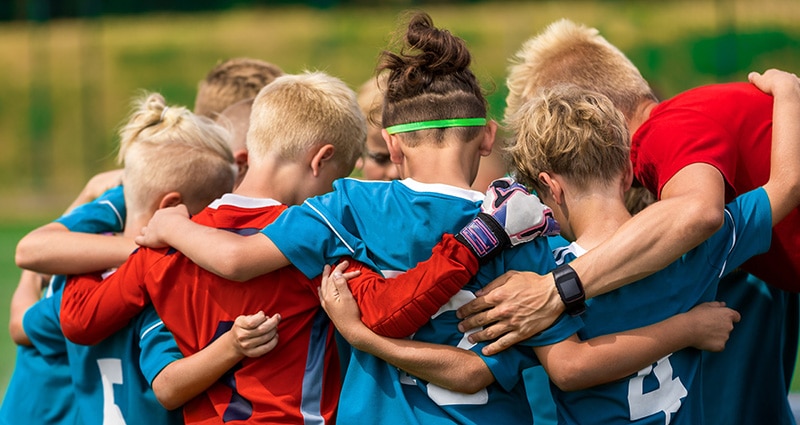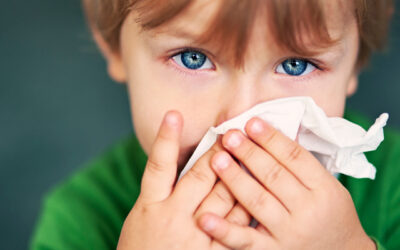In today’s world of early sports specialization and year-round competition, pediatric sports injuries, usually related to overuse, have become much more common.
Kyle Pontiff, MD, sports medicine physician with Our Lady of the Lake Children’s Health, shares how parents can reduce their young athlete’s risks of getting hurt and what to do if an injury occurs.
Cross Train
Kids shouldn’t be pigeon-holed to one sport. Let them explore, play a variety of sports and use all parts of their bodies. Evidence shows that early specialization leads to more overuse injuries. Very few professional athletes played only one sport growing up, and children may find new passions along the way when exposed to a variety.
Limit Training Time
A good rule of thumb is to avoid practicing or training more than their age in hours each week. For example, an 8-year-old shouldn’t train more than eight or nine hours each week. This is a challenge for some sports, but the more a body part is used the more chance there is to injure it, especially if the child is tired or already a little hurt.
Lots of Water Breaks
Drinking enough water is so important for young athletes and reducing their risk of injury. Make sure your child is hydrated before, during and after games or practice. Water is good for shorter (less than an hour) types of practice and use sports drinks for longer activities. Practices and games should include frequent water breaks, especially when they’re outside in the hot, humid climate of the Gulf South.
Take Longer Breaks
Beyond putting limits on weekly training time and incorporating water breaks, take bigger breaks from particular sports, maybe three to four months scattered throughout the year when your child can take a rest from competition and rigorous training. Young athletes should stay active but allow them to slow down their throwing or decrease the number of miles they run.
What to Do When Injured
When in doubt, pull them out. Sitting out one game will not ruin a budding collegiate or professional career.
When it comes to bumps and bruises or bone and joint injuries, young athletes should be able to perform their sport at 100% with no limitations before getting back in the game. When in doubt, get your child seen in the emergency room or by their primary care physician before returning to action.
What to Watch for with Head Injuries
Parents are understandably on heightened alert for head injuries that may require more care. Go to the emergency room after an injury if your child is confused, not making sense, repeats questions, vomiting a lot, or is so sleepy you can’t keep them awake.
Especially with head injuries, young players should sit out of competition and training until cleared by a physician. Any inkling of a concussion, such as a slight headache or “I just don’t feel right,” means to stop playing! Continuing to play or train with a concussion or getting repeated head injuries can add weeks or months to recovery time.
In general, parents should be mindful of their children’s aches and pains, and don’t encourage young athletes to push through pain. If something hurts, don’t do it.
From aches and breaks to strains and sprains and much more, our exceptional providers can help take care of your kids’ growing bones.
-
In Acadiana: Our Lady of Lourdes Pediatric Orthopedics
-
In Baton Rouge: Our Lady of the Lake Children’s Health Orthopedics & Sports Medicine
-
In Bogalusa: get connected to a pediatric provider
-
In Northeast Louisiana: get connected to a pediatric provider
Find a pediatric provider in Greater Jackson.




